Jack Kirby, Stan Lee, and The Fantastic Four
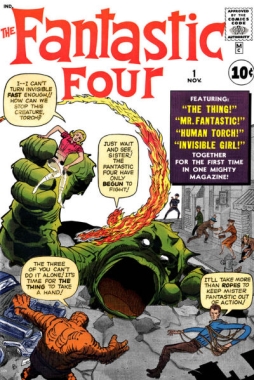 There are two different stories about how it began.
There are two different stories about how it began.
In one story, there’s a writer-editor of boys’ adventure comics, who’s told by his boss — also his uncle — to create a new team of superheroes, a knock-off of the competition’s high-selling Justice League of America title. This isn’t what the writer really wants to do. But he talks it over with his wife. And he decides: I’m going to write the book the way I want to, without worrying about making perfect heroes. Maybe one of the leads will actually be a monster. Maybe another’ll be a teenager, the kind of character who in other books would just be a sidekick. They’ll bicker among themselves, and fight. They’ll be real people. And, in this story, that’s what the writer did; and it worked.
The other story has a veteran comics artist coming in to the studio of the second-rate company he’s working for. He finds the young writer-editor of the comics line crying because they’re moving the furniture out; the company’s about to close down. No problem, says the artist; you tell your uncle, the owner, to hold off folding the business. The artist, a veteran storyteller, knows how to make grab an audience. He starts cranking out the books, new title after new title. Superheroes are back in, so he starts doing superheroes like nobody ever did them, throwing everything he sees around him into his stories, everything he reads in newspapers and magazines, everything he ever found in history books and myths. Scientists. Mutants. Gods and monsters. In this story, that’s what the artist did; and it worked.
Human memory is fallible, especially when, as in this case, the two people closest to the case become estranged. What can be said for sure is this: starting in 1961, Marvel Comics, a formerly undistinguished publisher, began producing a wave of brilliant superhero comics. Most of them were written by Stan Lee, and most of the best were drawn by artist Jack Kirby — with another artist, Steve Ditko, producing two other remarkable books with Lee’s involvement. Of all the Kirby-Lee collaborations, perhaps the best was the original flagship book of the Marvel line, the first title that came in many ways to define Marvel Comics as a whole: The Fantastic Four.
 I’ve been a bit under the weather the past couple of weeks, which has been annoying for a number of reasons. For one thing, I was unable to get my thoughts in enough order to respond adequately to three pieces of writing I came across several days ago. Each piece on its own seemed to pose interesting questions, and collectively they raised what seemed to me to be related issues about how one reads, and why; and how and why one reads fantasy in particular.
I’ve been a bit under the weather the past couple of weeks, which has been annoying for a number of reasons. For one thing, I was unable to get my thoughts in enough order to respond adequately to three pieces of writing I came across several days ago. Each piece on its own seemed to pose interesting questions, and collectively they raised what seemed to me to be related issues about how one reads, and why; and how and why one reads fantasy in particular.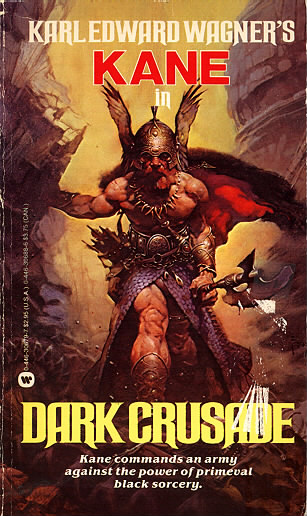 Why has swords and sorcery languished while epic fantasy enjoys a wide readership? In an age of diminished attention spans and the proliferation of Twitter and video games, it’s hard to explain why ponderous five and seven and 12 book series dominate fantasy fiction while lean and mean swords and sorcery short stories and novels struggle to find markets (Black Gate and a few other outlets excepted).
Why has swords and sorcery languished while epic fantasy enjoys a wide readership? In an age of diminished attention spans and the proliferation of Twitter and video games, it’s hard to explain why ponderous five and seven and 12 book series dominate fantasy fiction while lean and mean swords and sorcery short stories and novels struggle to find markets (Black Gate and a few other outlets excepted).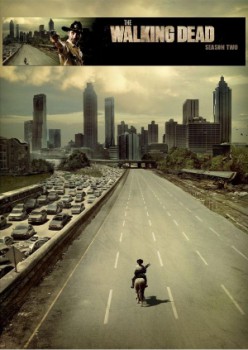 Warning: Some spoilers follow
Warning: Some spoilers follow This is the fifth in an ongoing series of posts about Romanticism and the development of fantasy fiction; you can find previous installments
This is the fifth in an ongoing series of posts about Romanticism and the development of fantasy fiction; you can find previous installments  This is the latest in a series of posts about Romanticism and the development of fantasy. You can find prior posts
This is the latest in a series of posts about Romanticism and the development of fantasy. You can find prior posts 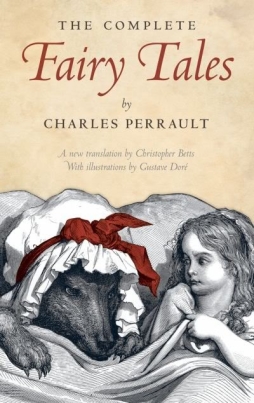 In my
In my 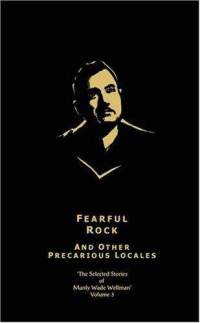 A man of great height and greater girth, Judge Keith Hilary Pursuivant, after retiring from the bench, devoted his golden years to investigating the occult in the works of North Carolina author,
A man of great height and greater girth, Judge Keith Hilary Pursuivant, after retiring from the bench, devoted his golden years to investigating the occult in the works of North Carolina author,  Last week,
Last week, 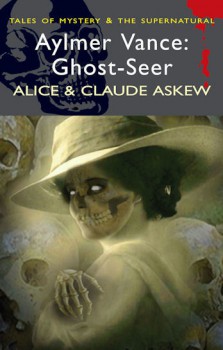 Aylmer Vance, agent of the enigmatic Ghost Circle, made his first appearance on the nightmare stage in 1914. The creation of husband-and-wife writing team Alice and Claude Askew, Vance appeared in eight consecutive issues of The Weekly Tale-Teller between July and August. The stories-“The Invader”, “The Stranger”, “Lady Green-Sleeves”, “The Fire Unquenchable”, “The Vampire”, “The Boy of Blackstock”, “The Indissoluble Bond” and “The Fear”-ranged from grotesque to gentle, and are, by and large, of a slower pace than those featuring Vance’s contemporaries, such as
Aylmer Vance, agent of the enigmatic Ghost Circle, made his first appearance on the nightmare stage in 1914. The creation of husband-and-wife writing team Alice and Claude Askew, Vance appeared in eight consecutive issues of The Weekly Tale-Teller between July and August. The stories-“The Invader”, “The Stranger”, “Lady Green-Sleeves”, “The Fire Unquenchable”, “The Vampire”, “The Boy of Blackstock”, “The Indissoluble Bond” and “The Fear”-ranged from grotesque to gentle, and are, by and large, of a slower pace than those featuring Vance’s contemporaries, such as